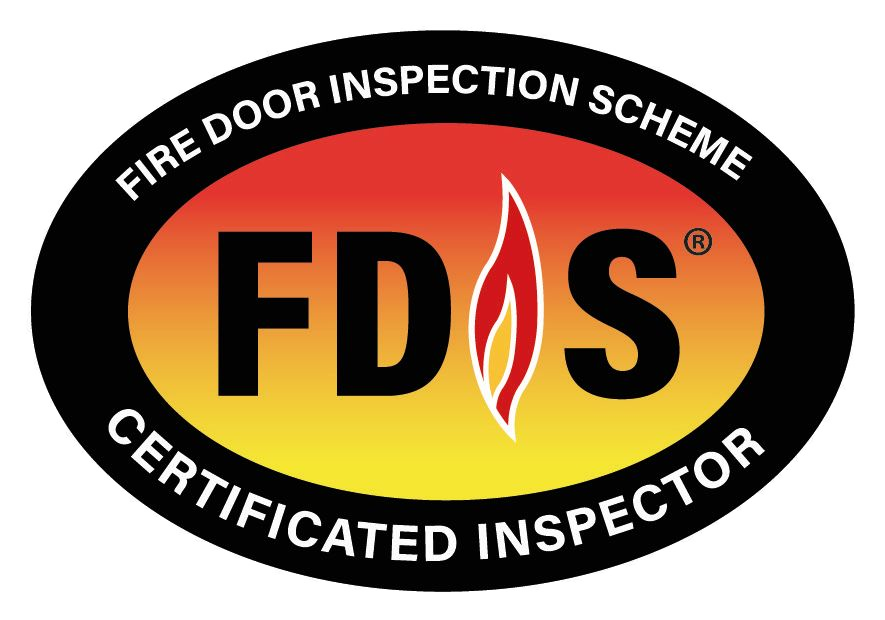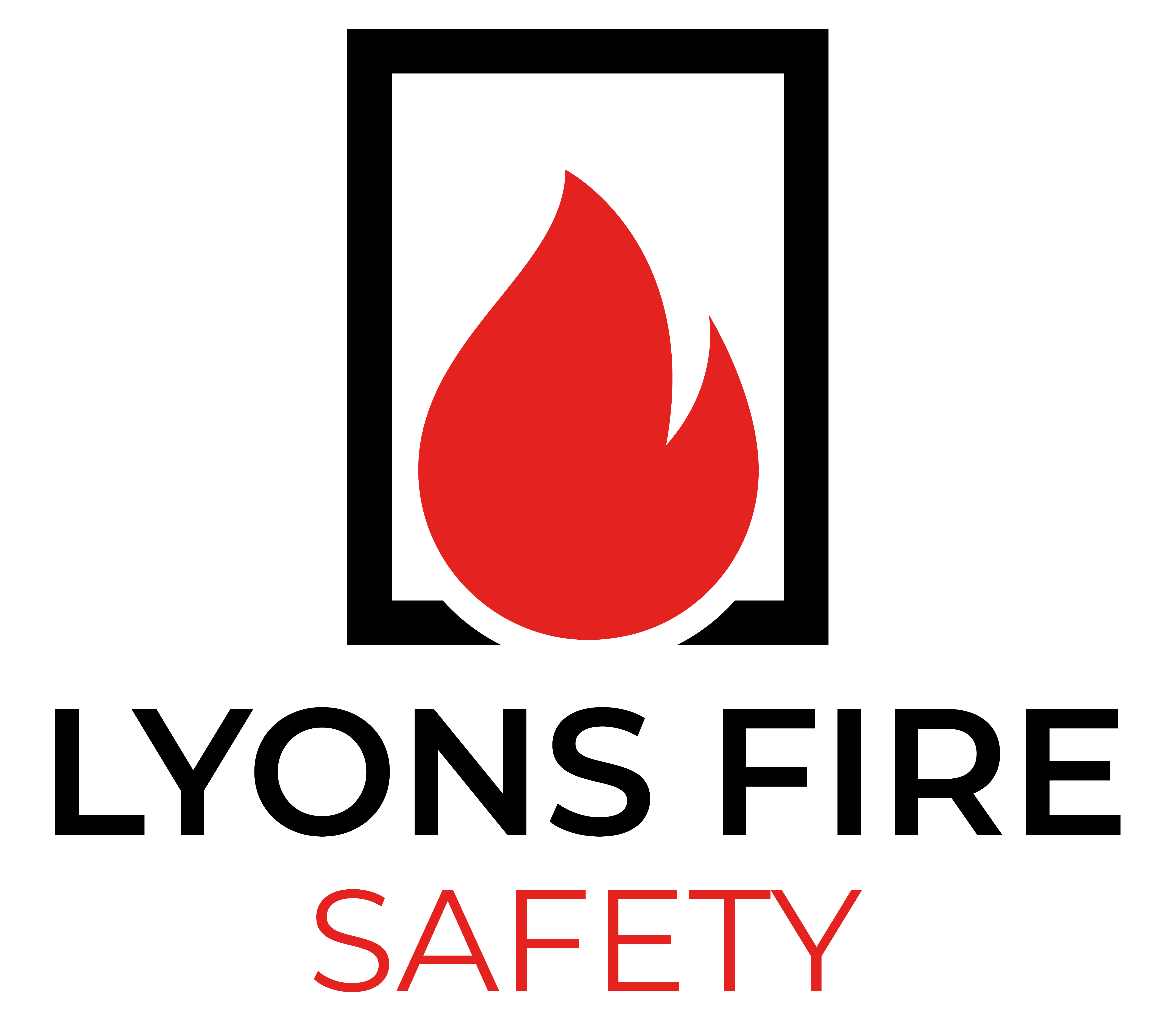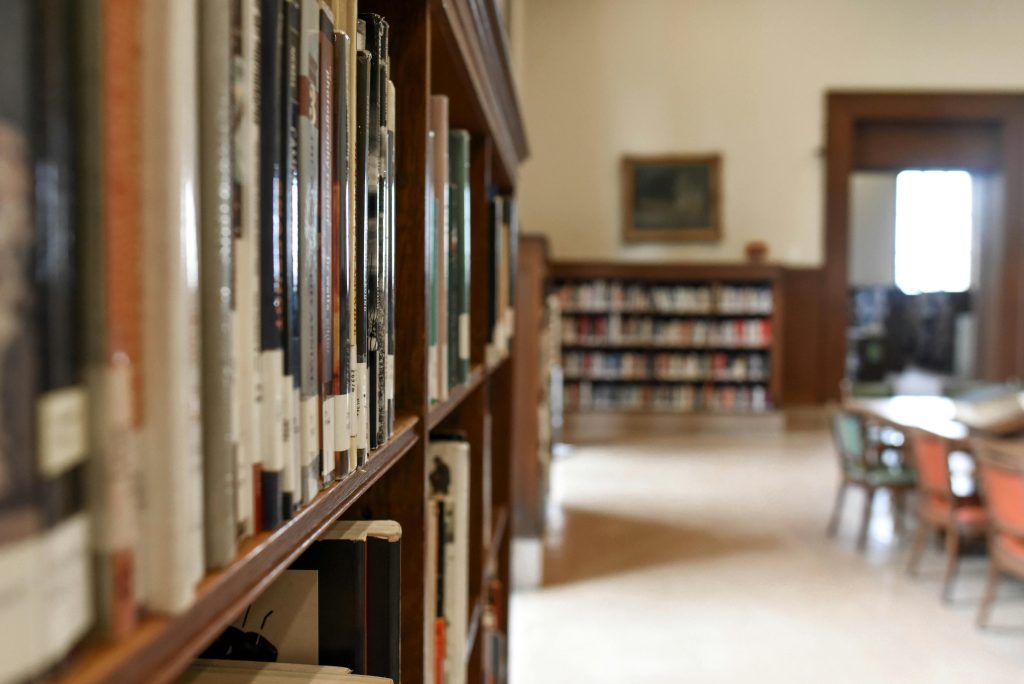Enhancing Fire Safety in Educational Institutions: A Safe Learning Environment for All
Education is the foundation of our society, and educational institutions play a crucial role in shaping the minds and skills of future generations.
However, these institutions also face significant risks and challenges when it comes to ensuring the safety of their students, faculty, and staff.
One of the most important aspects of safety is fire prevention and protection. Which requires careful planning, implementation, and maintenance of fire safety measures.
In this guide, we’ll aim to examine the specific fire hazards and regulations that affect UK educational institutions. And we’ll detail how experts like us at Lyons Fire Safety can provide effective, tailored fire safety solutions.
Understanding the Unique Fire Risks in Educational Institutions
Educational institutions face distinct fire hazards that differ from other building types. These fire risks stem from various factors. Such as; the nature of the activities, the characteristics of the occupants, and the features of the buildings.
To enhance fire safety in educational institutions, it is essential to understand these factors and how they affect the management process. Here’s a breakdown of the key challenges:
Occupancy Mix
Educational institutions accommodate individuals of varying ages and abilities, including young children, students with special needs, and potentially those with mobility issues.
These individuals may require additional assistance or supervision during a fire emergency, which necessitates careful evacuation planning and consideration. Moreover, some occupants may have limited familiarity with the premises, such as visitors, contractors, or new students. This may affect their ability to escape quickly and safely.
Therefore, educational institutions should ensure that their fire safety measures cater to the needs and capabilities of all occupants, and that they provide clear and adequate information and guidance on fire safety procedures.
Building Complexity
Educational facilities often encompass diverse structures, such as classrooms, laboratories, libraries, and dormitories, each with its own fire risks and challenges. For example, laboratories may contain hazardous substances, such as chemicals, gases, or radioactive materials that can increase the likelihood or severity of a fire.
Libraries and dormitories may contain large amounts of combustible materials, such as books, furniture, and bedding, which can fuel a fire and generate smoke and toxic gases. Classrooms may contain electrical equipment, such as computers, projectors, or heaters that can pose a fire hazard if not properly maintained or used.
These types of institutions should conduct a comprehensive fire risk assessment that covers all aspects of their premises. And, ultimately, implementing appropriate safety measures. These would include; detection and alarm systems, extinguishers, fire doors, and emergency lighting.
At Lyons Fire Safety we specialise in exactly these kinds of fire prevention and safety installations. Get in touch if you building is in need of new installations, inspections or maintenance.
Transient Population
The constant movement of students and staff throughout the day can make it challenging to maintain awareness and preparedness for fire emergencies.
For instance, students and staff may change rooms or buildings frequently, which may affect their familiarity with the fire safety arrangements and escape routes of different areas. Students and staff may also engage in activities that can increase the fire risk, such as cooking, smoking, or using candles, especially in dormitories or common areas. Importantly, educational institutions should ensure that they have effective fire safety management and supervision systems in place. Such as;
- Fire wardens
- Drills
- Safety training
- Fire safety policies
Complying with the UK Fire Safety Regulations for Educational Institutions
Educational institutions in the UK are subject to various fire safety regulations and laws that aim to ensure the safety of their occupants in case of fire. The main piece of fire safety legislation that applies to educational institutions is the Regulatory Reform (Fire Safety) Order 2005 (FSO), which covers all non-domestic premises, including schools, colleges, universities, and other teaching establishments.
The FSO places a duty on the responsible person, such as the employer, head teacher, or owner, to take reasonable steps to reduce the risk of fire and to protect the occupants in case of fire. The FSO requires the responsible person to carry out the following essential actions:
FSO Actions for Fire Safety in Educational Institutions
Fire Risk Assessments
Performing regular and comprehensive fire risk assessments to identify the potential fire hazards and vulnerabilities specific to the institution’s layout, occupancy, and activities, and to evaluate the adequacy of the existing fire safety measures.
The FSO also requires the responsible person to keep a record of the fire risk assessment and the fire safety measures, and to review them regularly or whenever there is a significant change in the premises or the activities.
Safety Measures
Implementing appropriate fire safety measures based on the identified risks, such as installing and maintaining fire detection and alarm systems, fire extinguishers, fire doors, and emergency lighting, and providing clear and visible fire safety signage and instructions. The FSO is supported by a series of fire safety guides, which provide detailed advice and guidance on how to comply with the fire safety regulations for different types of premises. The guide for educational premises covers topics such as fire hazards, fire risk assessment, fire safety management, fire safety measures, and fire emergency plans.
Staff Training
Providing adequate and relevant fire safety training for staff members, ensuring they have the necessary knowledge and skills to handle fire emergencies effectively, including operating fire safety equipment, leading evacuation procedures, and liaising with the fire and rescue service. The FSO is enforced by the local fire and rescue authorities, who have the power to inspect the premises, issue notices, and prosecute for non-compliance.
Educational Institutions and Fire Safety Legislation
The FSO is not the only fire safety legislation that affects educational institutions. There are also other laws and regulations that may apply, depending on the nature and use of the premises. For example:
The Building Regulations 2010 set out the minimum standards for fire safety in the design and construction of new buildings and alterations to existing buildings.
Health and Safety at Work etc. Act 1974 and the Management of Health and Safety at Work Regulations 1999 require employers to ensure the health and safety of their employees and others who may be affected by their work activities, including fire safety.
The Education (School Premises) Regulations 2012 specify the standards for school premises, including fire safety. The School Premises (England) Regulations 2012 and the Education (Independent School Standards) Regulations 2014 set out the standards for independent school premises, including fire safety.
Case Study: Ensuring Fire Safety in Student Accommodation
A similar challenge is fire safety in student accommodation – which was exactly the case with a contractor in the London who we helped ensure compliance with a cost-effective solution. Lyons Fire Safety’s expertise extends to student accommodation, ensuring compliance with regulations and implementing effective fire safety measures tailored to the specific needs of these facilities. Read more
Contact Us: Fire Safety for Educational Institutions
Fire safety is not only a legal requirement, but also a moral responsibility for educational institutions. You have a duty to protect the lives and well-being of your students, staff, and visitors from the devastating effects of fire. That’s why you need effective, compliant, and reliable fire safety solutions that suit your specific needs and challenges.
At Lyons Fire Safety, we understand the unique risks and regulations that affect educational institutions in the UK. We have the expertise and experience to provide you with comprehensive fire safety solutions, including fire risk assessments, fire safety training, and fire safety equipment. Whether you need fire door inspections, upgrades, or maintenance, we can help you ensure that your fire doors meet the latest standards and provide optimal protection. We also offer modern and innovative solutions, such as glazed and automated fire doors, that can enhance the aesthetics and functionality of your premises.
We are committed to helping you create a safe and secure learning environment for your students, staff, and visitors. We can help you comply with the fire safety regulations and avoid any enforcement action or penalties due to non-compliant fire doors. We can also help you reduce the fire risks and improve the fire safety standards in your premises.
Don’t wait until it’s too late. Contact Lyons Fire Safety today and let us help you make your educational institution a place of safety and excellence.
Phone: 0121 517 0562
Email: david@lyonsfiresafety.co.uk
Lyons Fire Safety: Your Trusted Partner when dealing with Fire Safety for Educational Institutions.



